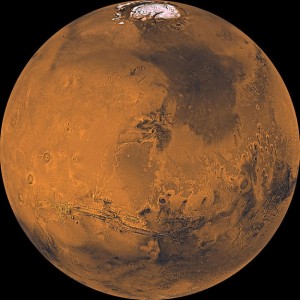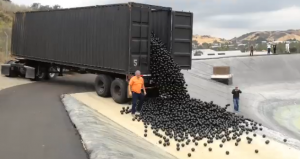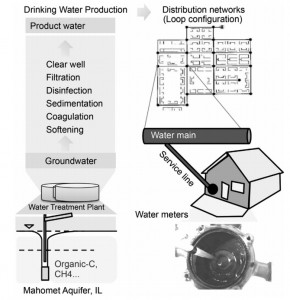An article at Space.Com discusses a new push to make sure that spacecraft do not inadvertently contaminate the places they are visiting (e.g., Mars). What microbes are on space vehicles and how to make sure the parts that are sent to other planets are “clean” or “sterile” is an interesting and active area of research. …
New York Times and a lot of other news outlets are reporting recently on this article about gender bias in thermostat settings. The authors set out to conduct a small-scale study to find out if there’s any weight to anecdotes about women freezing in offices while men are perfectly comfortable in the same space. The …
Why did I seek to put Green BIM into Room 101 ? Did I not tweet only this week that Green BIM is one of the more important developments in the built environment? The label, or hashtag for GreenBIM is so riddled with issues, I was only able to skim during the 2 mins allowed in …
Source: Indoor air 2016 Indoor Air: The flagship meeting of ISIAQ (the International Society for Indoor Air Quality and Climate) will be held in Ghent, Belgium July 3-8 in 2016. The meeting has a Call for Abstracts in the broad area of Indoor Air sciences that is now open. The meeting series is great and I encourage …
A recent New York Times article by Katie Rogers talks about an odd solution to California’s dwindling water supply. LA county is using small black balls that float on the surface of reservoir water to block UV and heat. This prevents both evaporation and algae growth from occurring. With California’s drought persistently eating away at our …
Here is your song to go with this post: Something in the water by Carrie Underwood. When we drink tap water, we usually don’t really think about the bacteria that might be in there. The quality of drinking water in the US is regulated by Environmental Protection Agency (EPA) and monitored by regularly testing the water …
Perhaps you’ve heard about Dr. Premsyl Bercik’s recent publication in Nature Communications about the link between the gut microbiome and mental disorders such as depression and anxiety disorder. In his study, he induced early life stress in conventional mice and in germ-free mice by separating new born pups from their mother for several hours a …
This article on the website of Michigan Radio had an intriguing title. Detective work traces bacteria in Michigan rivers back to leaky septic tanks – Rebecca Williams – Michigan Radio This is a nice story illustrating how the detection of marker bacteria can be used to track contamination of rivers and other environments with fecal matter, …
This is just a quick posting of some building science data that I collected during Day 1 of the 4th Annual Conference on the Microbiology of the Built Environment in Boulder, CO. I setup a couple of our Open Source Building Science Sensors (OSBSS) in the front corner of the room before the conference convened yesterday and left …
An automated Google Scholar search for “Indoor Microbiology” alerted me to this report from Mark Mendell: A Research Agenda on Assessing and Remediating Home Dampness and Mold to Reduce Dampness-Related Health Effects by Mark J. Mandell. This definitely seems of interest to the microbiology of the built environment crowd and anyone interested in moisture effects …



